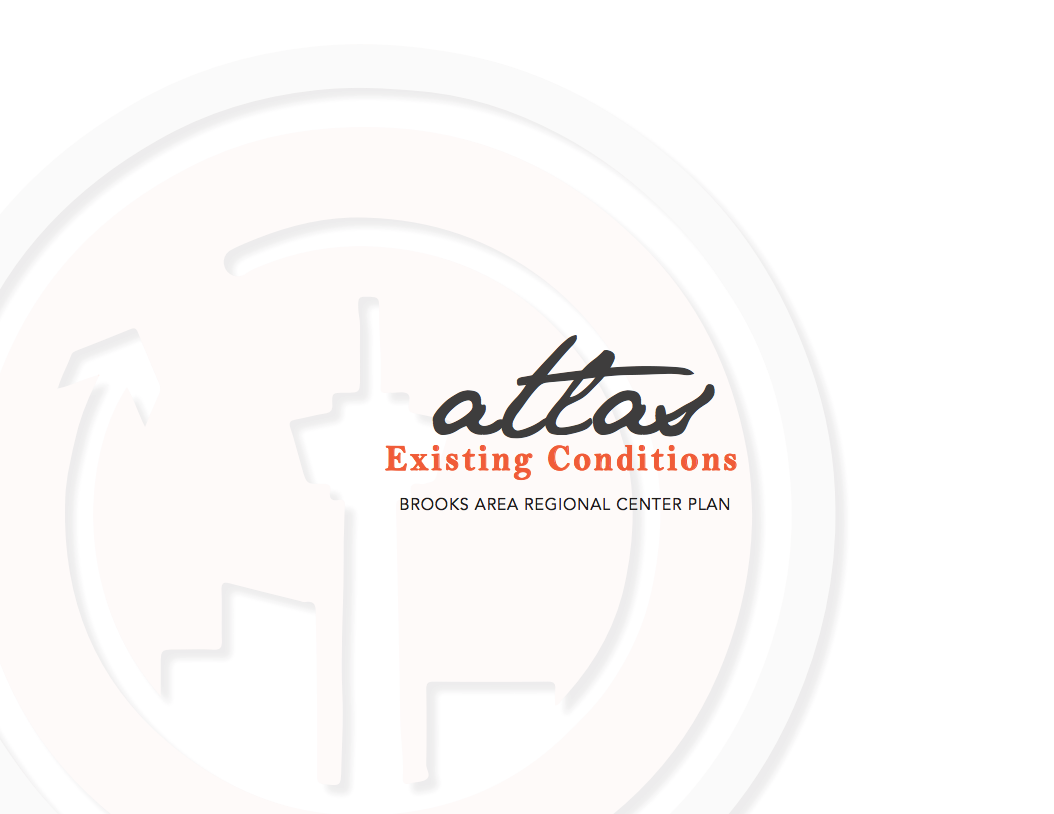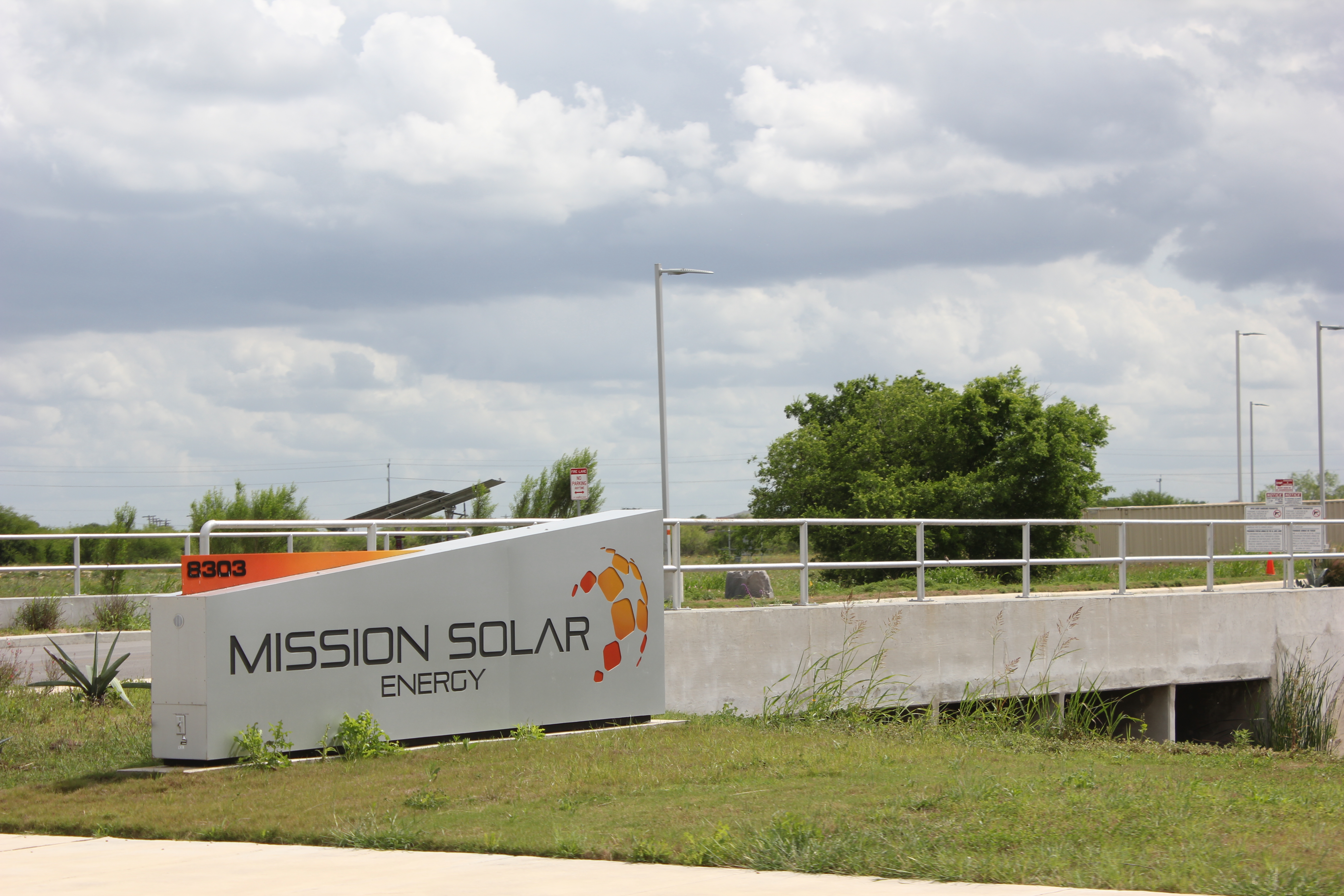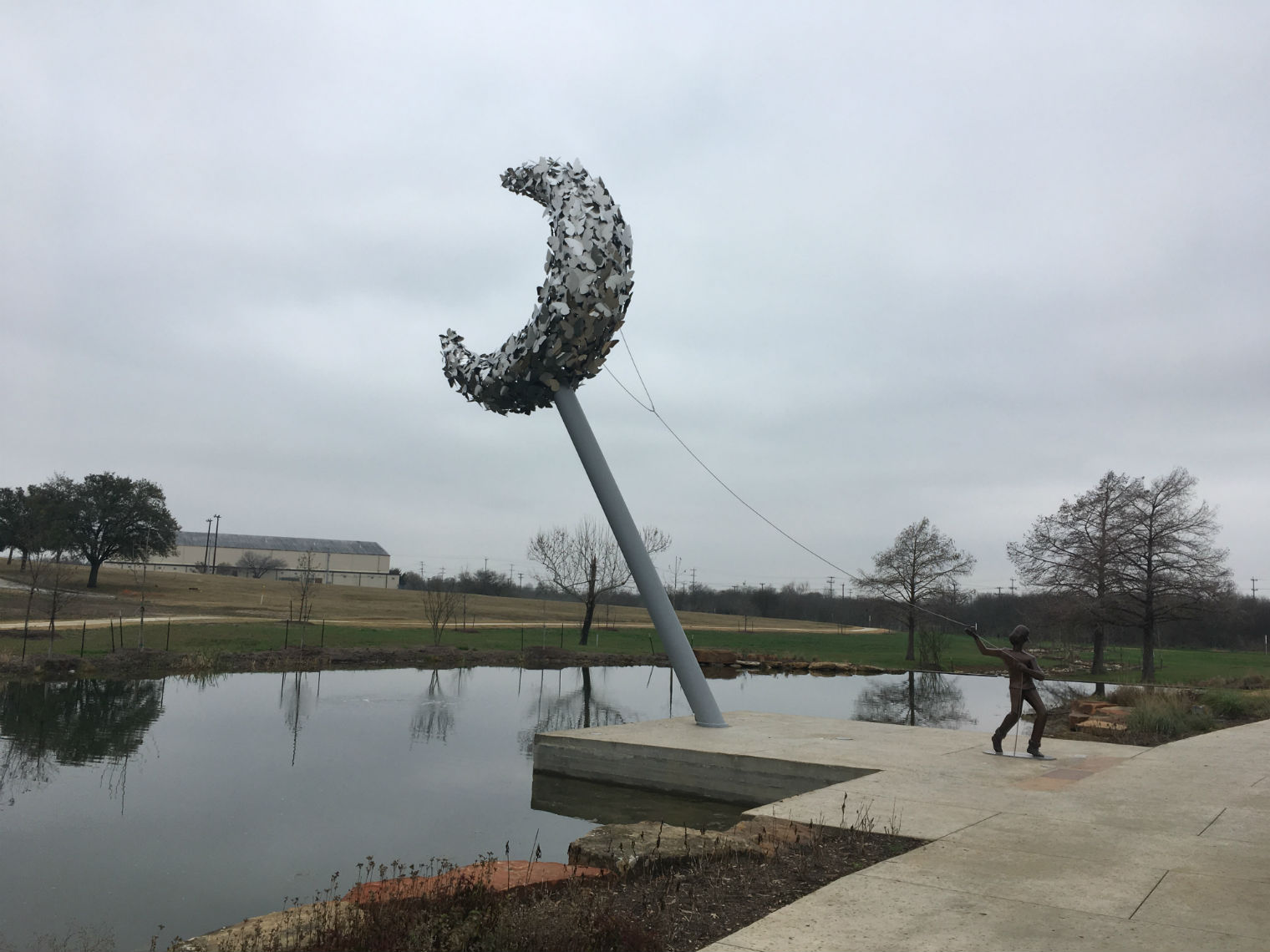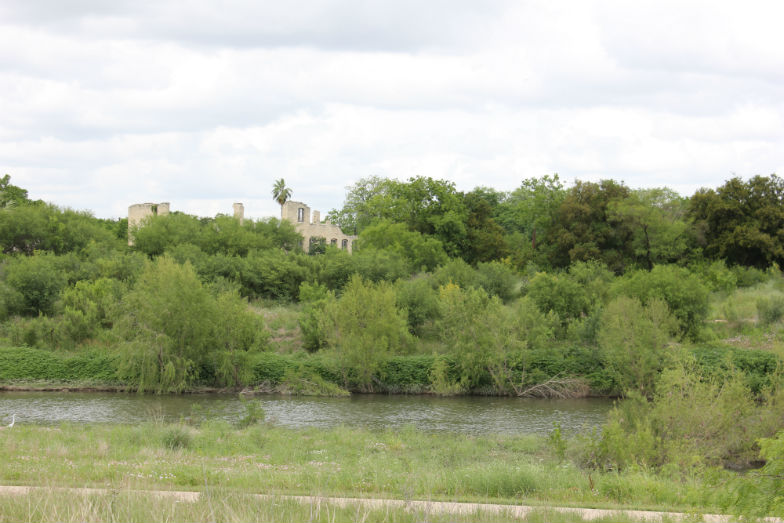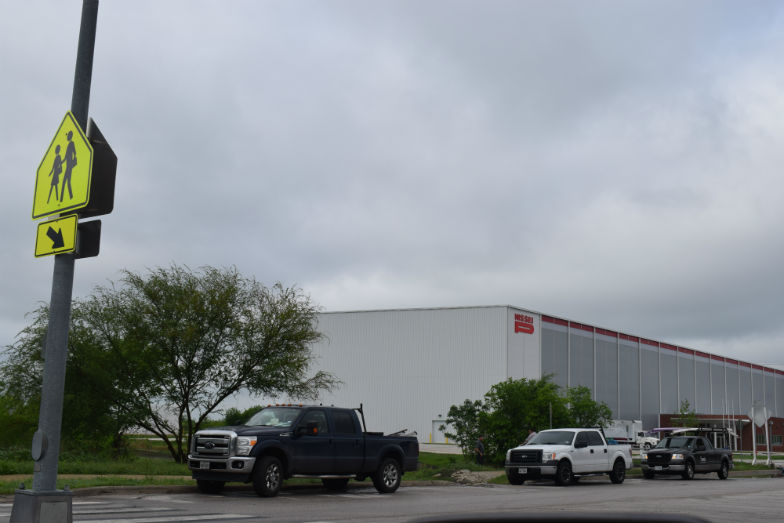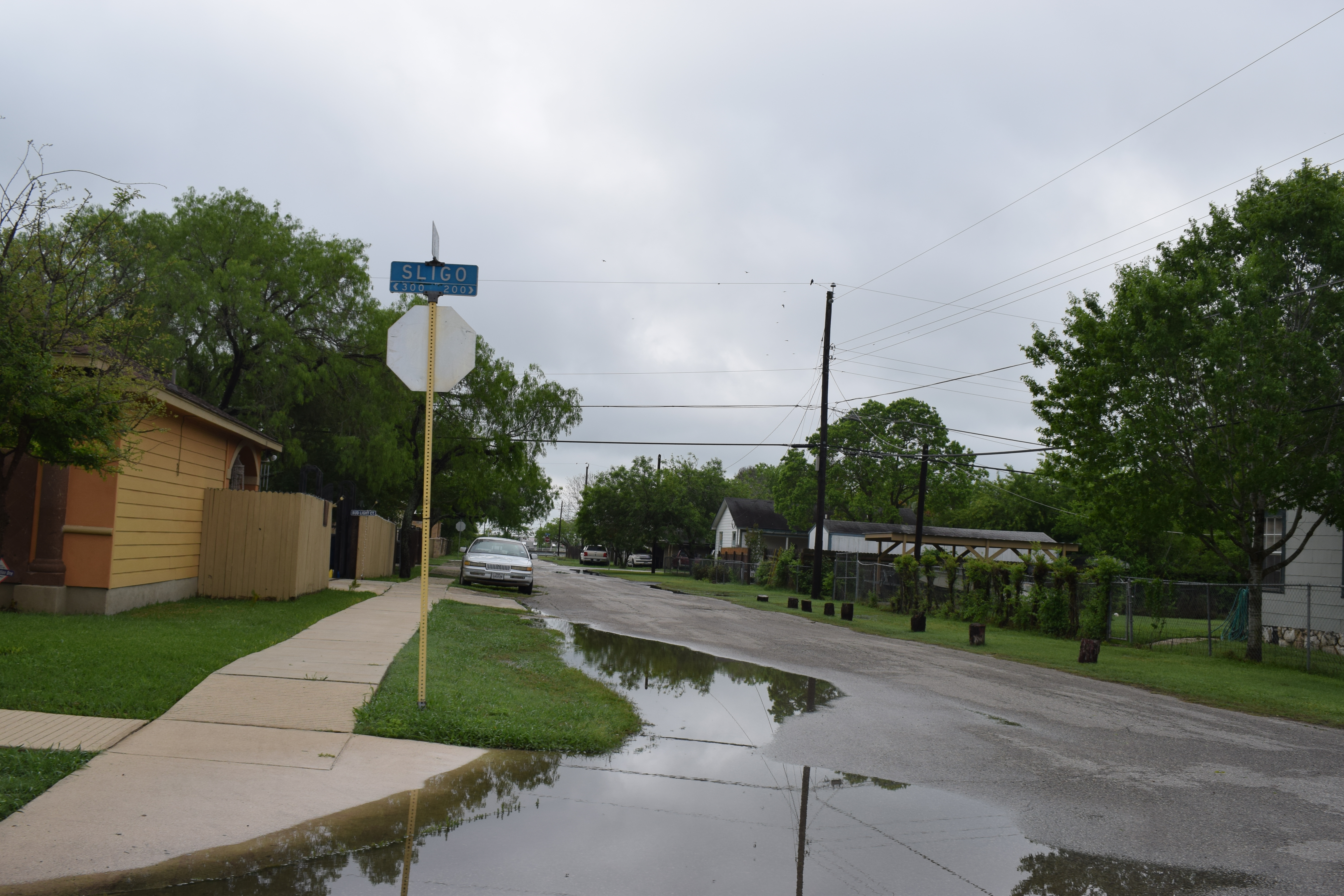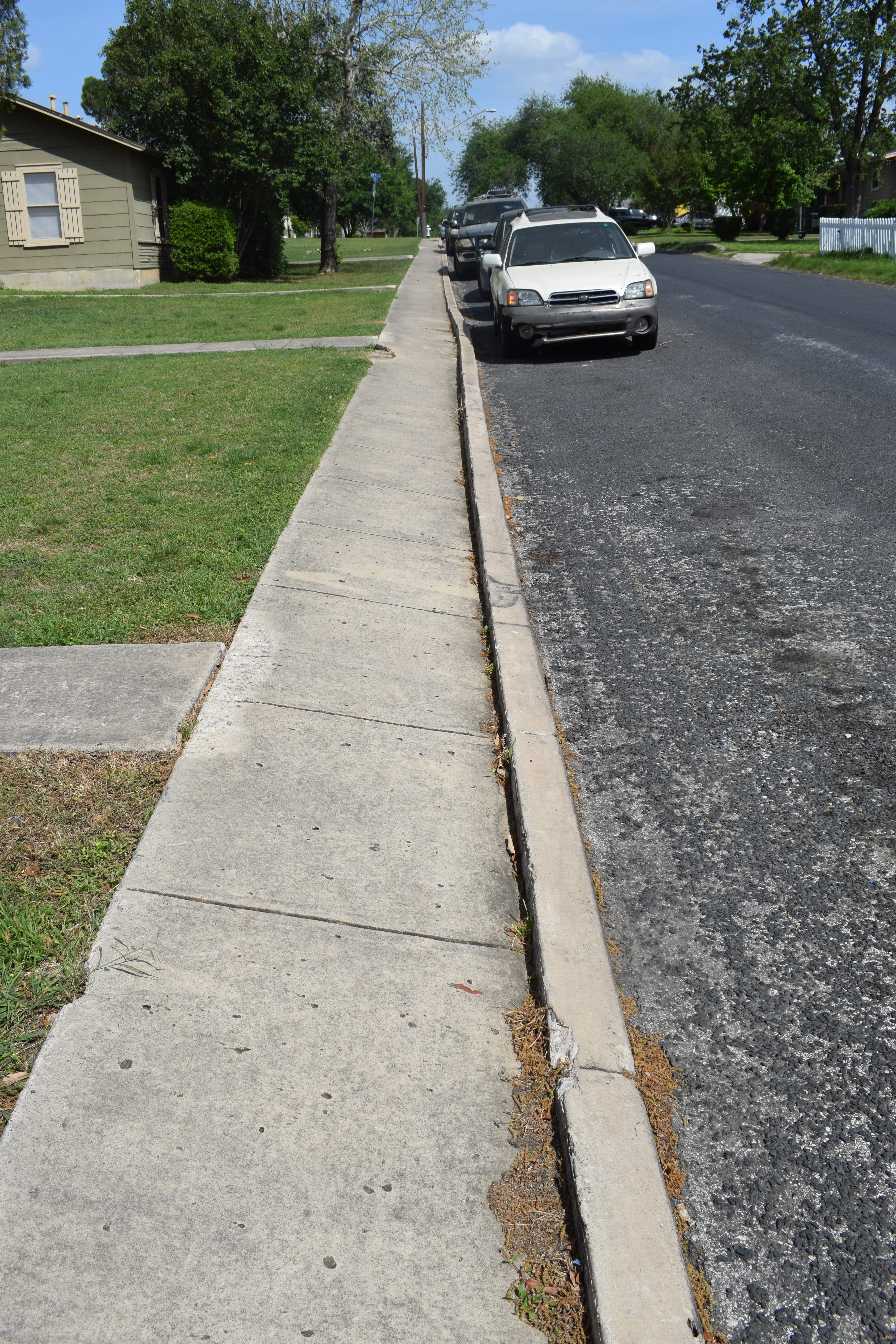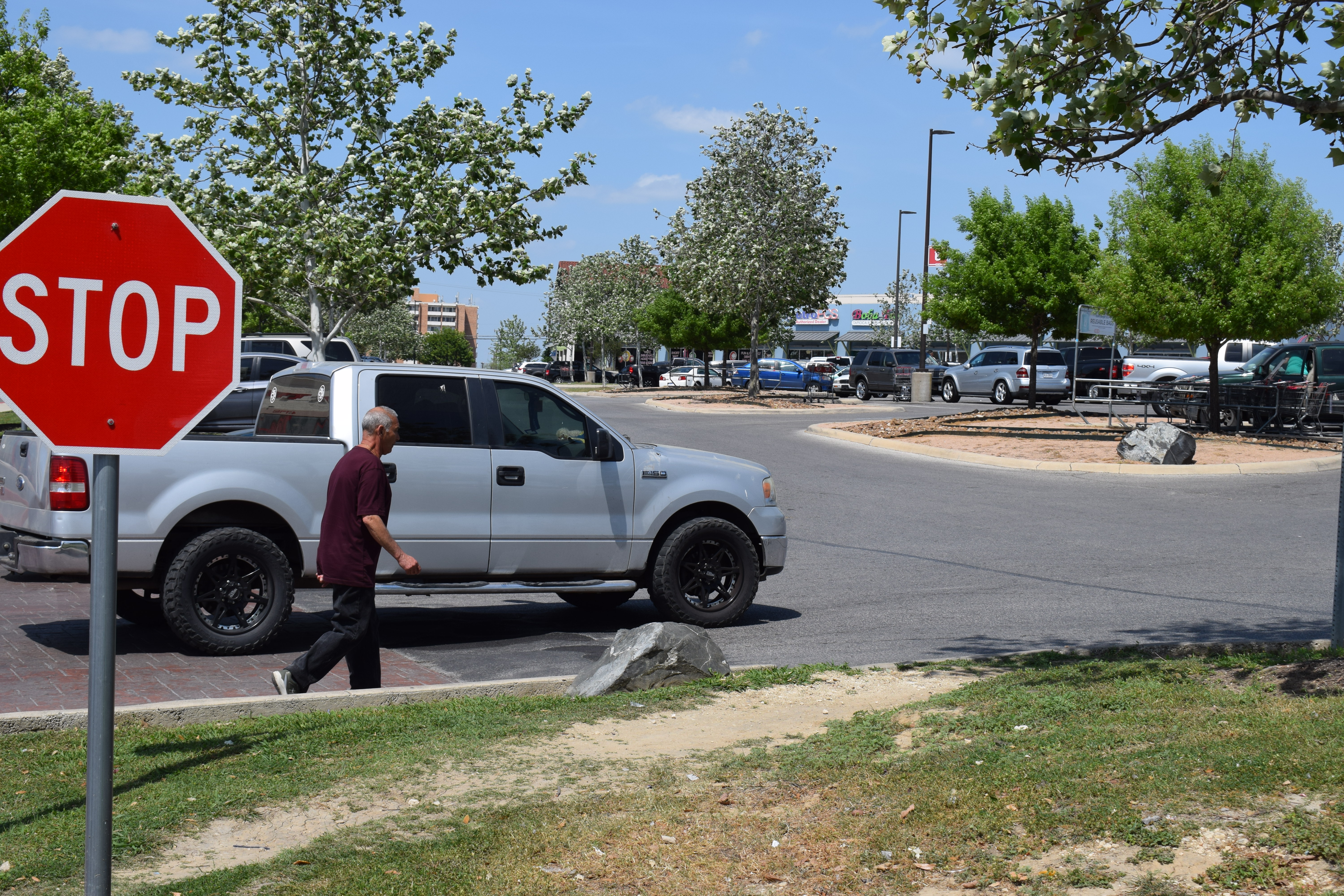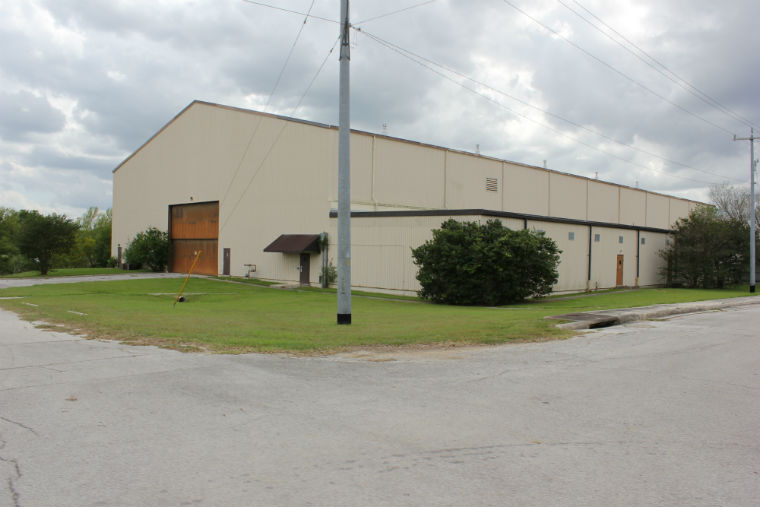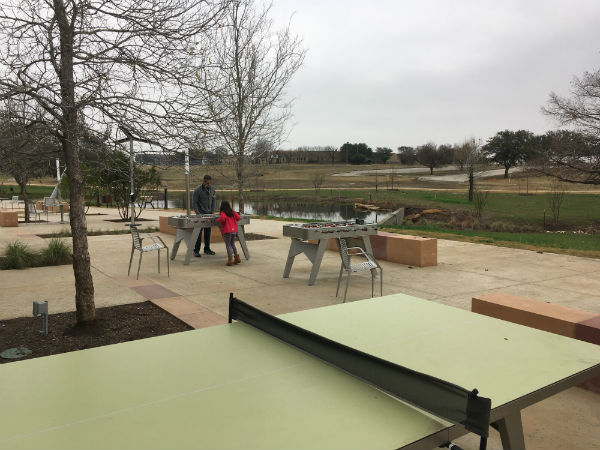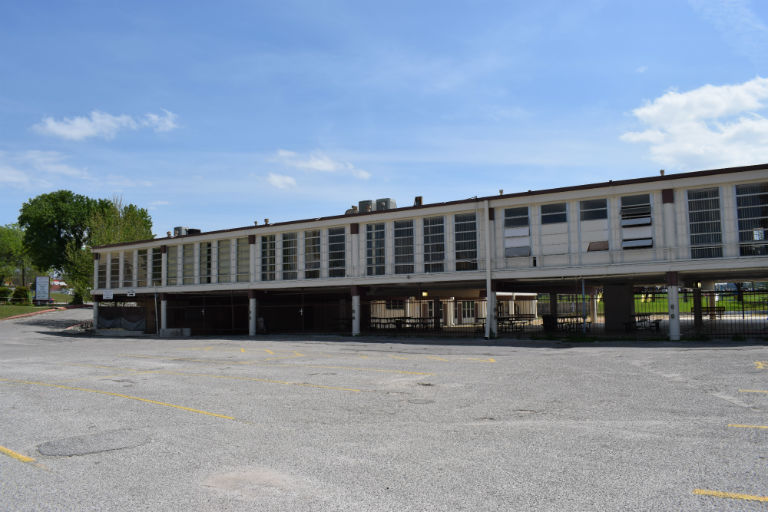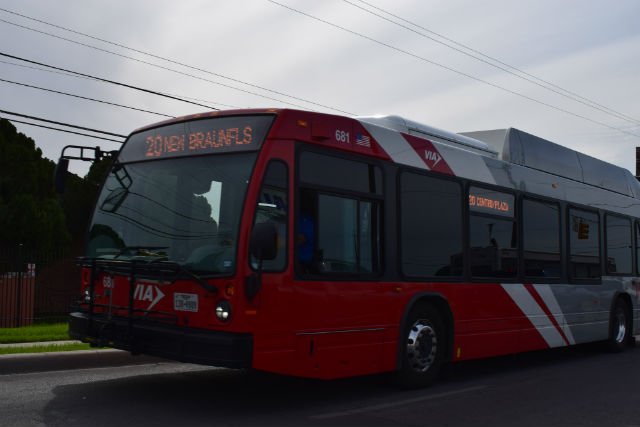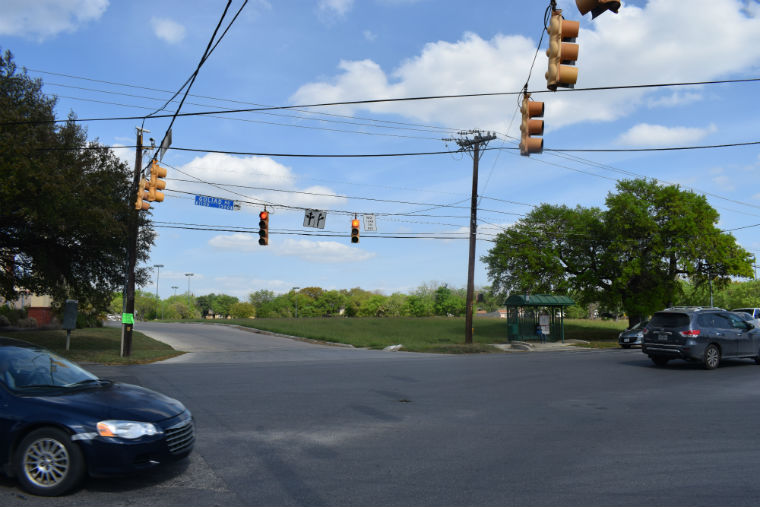Existing Conditions
Brooks Area Regional Center
Explore the tabs below to learn more about the assets, challenges and opportunities in the Brooks Area and to view our study area map.
The map below shows the Brooks Regional Center Area in relationship to San Antonio. The area is highlighted in black.
View Full Size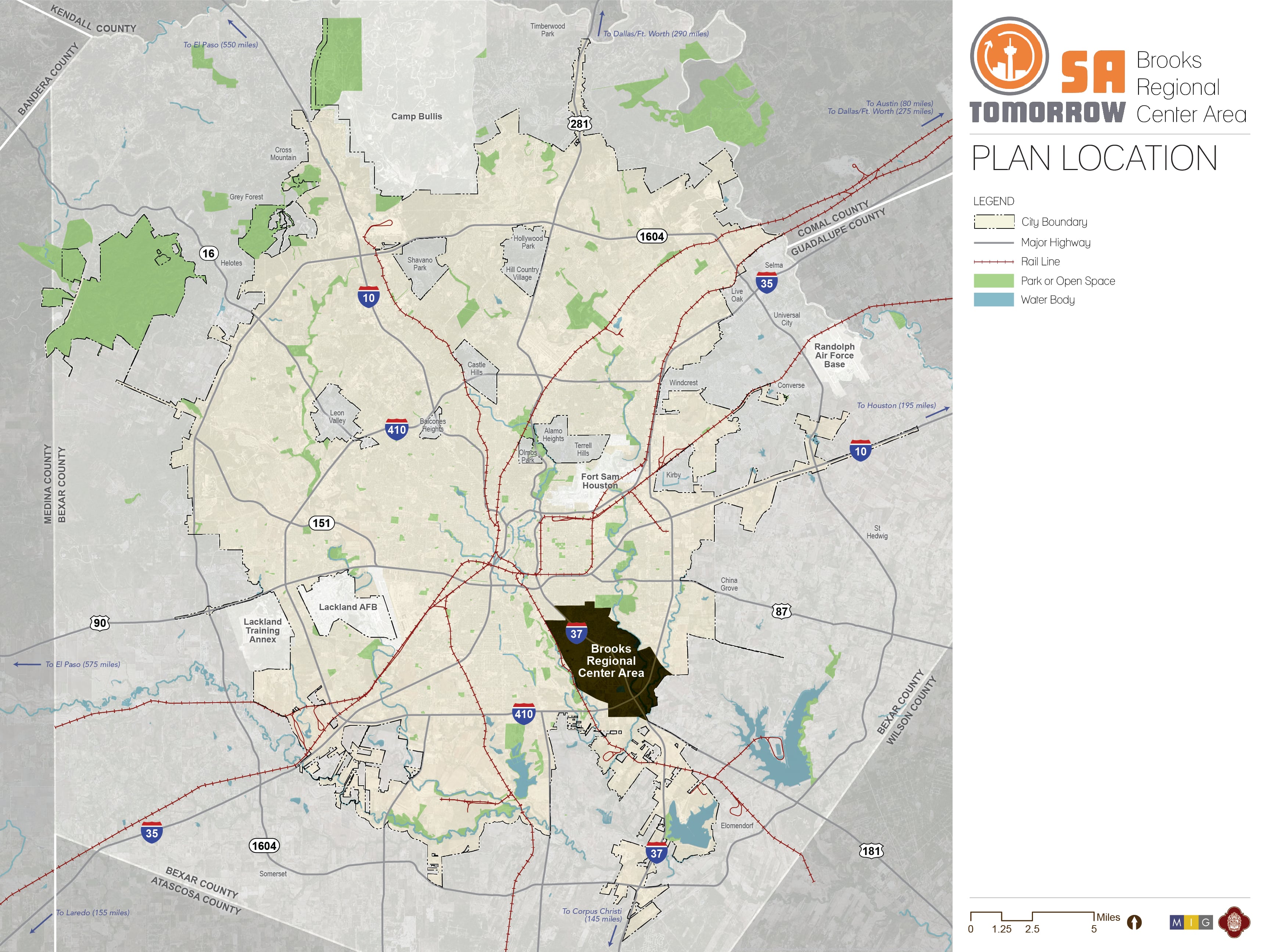
Assets
Many of the assets in the Brooks Area tend to fall in to one of two categories: brand-new, tangible developments and amenities provided on/near the Brooks or intangible, legacy assets such as well-established natural, recreational, cultural, and historical resources, many of which are co-dependent or mutually influential to one another. Educational and environmental resources are heavily prioritized and respected in the area.
Challenges
The Southside, including the Brooks Area Regional Center, has experienced less recent investment than other parts of the City. As a result, many community members distrust the City government and other organizations and there are fewer resources, including mechanisms for the community to work together as a collective network. Often, typically undesirable projects, which would have faced resistance from neighbors in other parts of San Antonio, have landed in this area. This resulted in the area historically experiencing a higher exposure to environmental risk and damage from such projects. These projects, combined with past military activities have resulted in constrained land use opportunities. There are a disproportionately high number of negative socio-economic determinants of health in this planning area. For example, there is a lack of safe, walkable neighborhoods and poor access to parks and other natural amenities. Flooding and drainage are also major issues on many fronts. There is also a desire to support housing that is affordable for those who work in the Brooks Area without further concentrating subsidized housing projects in the area.
Opportunities
Many of the Brooks Area’s challenges have recently turned into opportunities. While the Brooks Area has historically seen less development than other parts of the city, this has left room for new growth on undeveloped land and around some historic resources.
A balance will need to be found between protecting these resources while allowing for the area to revitalize. Additionally, of note, the area has a strong collective identity . The community should build upon this Southside identity to form a community network of resources which in turn builds the entire community’s capacity. The Brooks planning area contains a large variety of public and private, state and local organizations resulting in prime opportunities for partnerships. Collective strategic collaboration on shared issues (such as sustainability/resilience/ health and wellness/education) could create a larger, and otherwise, unrealized beneficial impact.
The map below shows the Brooks Regional Center Area Plan boundary and the connectivity throughout the area and beyond.
View Full Size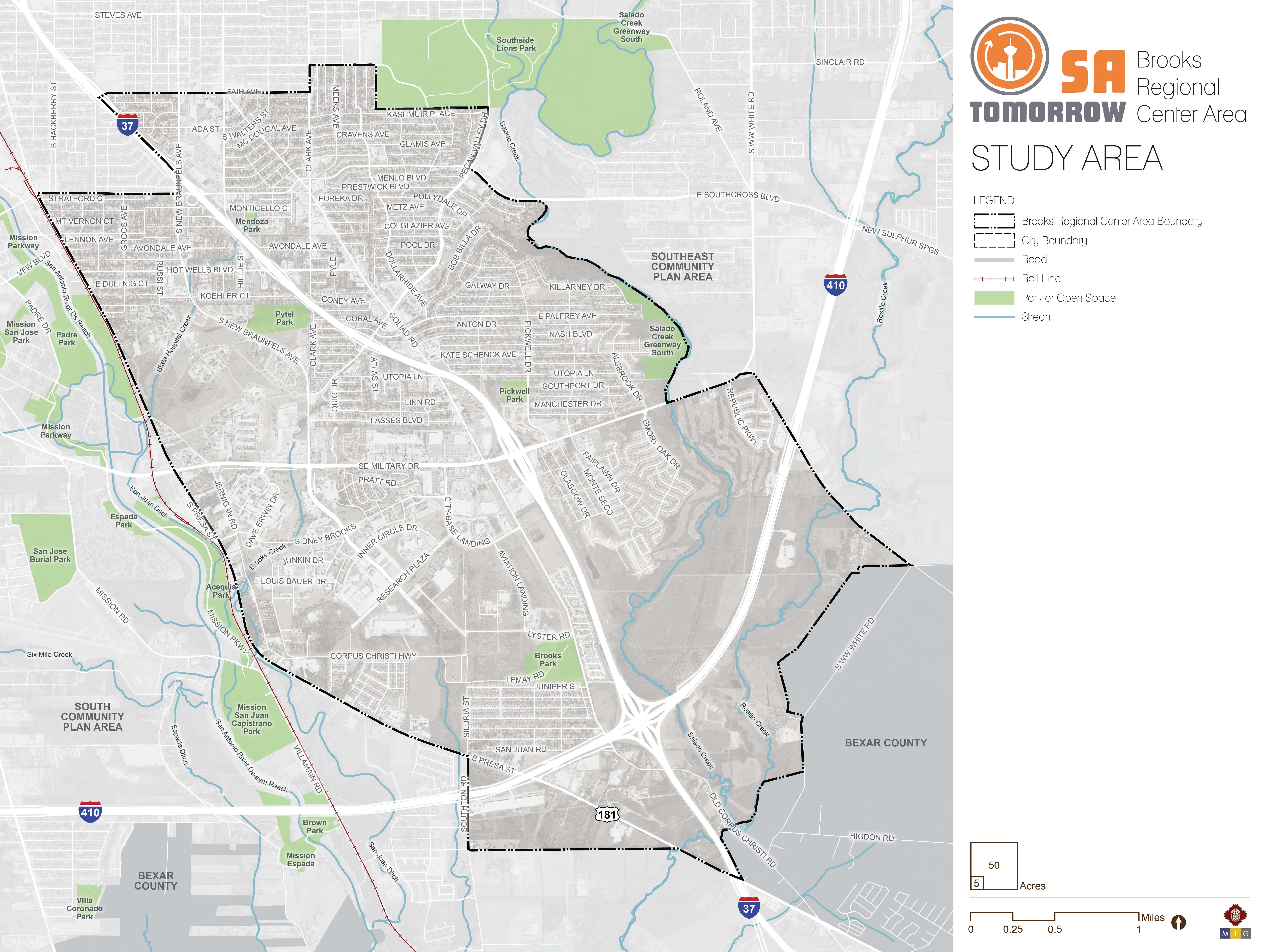
Sub-Area Plans
Sub-Area Plans are intended to provide a more coordinated, efficient and effective structure for neighborhood planning. Existing and future neighborhood planning will be integrated into the planning for regional centers and community planning areas. Neighborhoods will become integral sub-geographies of these sub-areas while also receiving special attention through chapters and/or sections in each Sub-Area plan, reflecting specific opportunities, challenges, recommendations and priorities from each participating neighborhood. Neighborhood and community plans should be respected, as appropriate, as they are integrated into the sub-area plans.
Comprehensive Plan Regional Centers
Regional centers are one of the major building blocks of San Antonio’s city form and are a major component of the Comprehensive Plan and the overall SA Tomorrow effort.
.jpg)
While most cities have one or two larger employment centers, we have 13. This provides challenges and opportunities. A major organizing element for the Comprehensive Plan is to focus growth in these regional centers, building on the existing pattern of development. They’re envisioned as new “places” where we live, work, and play.
New development is already gravitating to these centers and we can guide additional growth in these areas. Each center is different and its development will be influenced by its existing uses. However, many of the centers are also well-positioned to develop as vibrant mixed-use places. They offer a variety of housing options and price ranges, allow higher-density and incorporate carefully designed and located amenities that will benefit both residents and employees of the center. Each center’s character can attract a different mix of businesses and employees. Therefore, San Antonio must focus its investment and infrastructure strategies on supporting and leveraging the unique identity and assets of each center.
